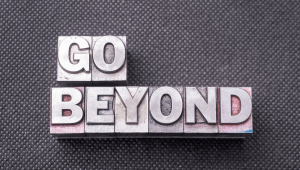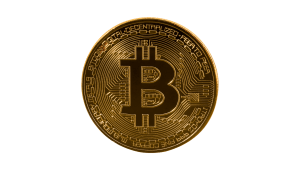In recent years, Blockchain and Decentralised Finance (DeFi) have evolved from experimental technologies into powerful tools reshaping the global financial system. Once associated primarily with cryptocurrencies like Bitcoin and Ethereum, blockchain has matured into a versatile platform for building trust, transparency, and automation across a range of industries.
At the heart of this transformation is DeFi — a fast-growing ecosystem of financial applications built on blockchain networks. Together, these technologies are not just enhancing finance; they’re disrupting it.

Beyond Bitcoin: What Blockchain Really Offers
Blockchain technology is no longer just about digital currencies. It’s the foundation for a wide array of applications that prioritise security, decentralisation, and transparency.
Key uses of blockchain include:
-
Smart Contracts: Self-executing contracts with terms written into code, enabling automated, trustless agreements.
-
Secure Digital Identities: Blockchain enables users to own and control their digital identity, reducing fraud and streamlining authentication.
-
Transparent Supply Chains: With immutable records, businesses and consumers can trace the origin and journey of goods with confidence.
These capabilities are opening up new ways to conduct business — with less reliance on intermediaries and more emphasis on verifiable trust.

What is Decentralised Finance (DeFi)?
DeFi refers to a collection of blockchain-based platforms and protocols that recreate traditional financial services — but without banks or central authorities. Users can lend, borrow, trade, and earn interest, all through smart contracts on decentralised networks.
Key features of DeFi include:
-
No Middlemen: Peer-to-peer transactions eliminate the need for banks or brokers.
-
Open Access: Anyone with an internet connection and a crypto wallet can participate.
-
Programmability: Financial services can be customised and automated with smart contracts.
-
Transparency: All transactions are recorded on public blockchains, visible and verifiable.d]

Market Disruption: Why It Matters Now
The rise of Blockchain and DeFi is forcing traditional financial institutions to rethink their roles and business models.
-
Consumer Expectations Have Changed: People now expect 24/7 access, transparency, and control over their finances. Centralised systems can no longer keep up with the speed and flexibility DeFi offers.
-
Startups Are Moving Fast: Agile DeFi platforms are releasing innovative services at a rapid pace — from yield farming to tokenised assets.
-
Regulators Are Playing Catch-Up: Governments worldwide are working to create legal frameworks to manage risk without stifling innovation.
-
 Opportunities for Innovation and Inclusion
Opportunities for Innovation and Inclusion
One of the most exciting aspects of Blockchain and Decentralised Finance (DeFi) is their potential to democratise access to financial services. In many parts of the world, traditional banking is inaccessible, unreliable, or simply too expensive. DeFi platforms, on the other hand, offer a borderless alternative — enabling anyone with a smartphone and internet connection to lend, borrow, invest, or earn interest on their assets.
This shift opens up opportunities not only for individual empowerment, but also for entrepreneurial innovation. Startups can launch financial products without the overhead of a traditional banking license. Developers across the globe are building open-source tools, token economies, and decentralised applications (dApps) that challenge the status quo and introduce fresh competition into a historically stagnant industry.
A Wake-Up Call for Institutions
For banks and financial institutions and DeFi serve as a wake-up call. No longer can they rely solely on legacy systems and brand loyalty. Customers are becoming more tech-savvy and expect seamless, transparent, and efficient digital experiences.
Forward-thinking institutions are beginning to embrace technology themselves — piloting cross-border payment systems, experimenting with tokenised assets, and exploring Central Bank Digital Currencies (CBDCs). These hybrid approaches may become a key strategy for bridging the gap between decentralised innovation and institutional stability.
This is more than a technological shift — it’s a financial revolution. Those who adapt early will not only survive but thrive in a future defined by decentralisation, transparency, and digital trust.



